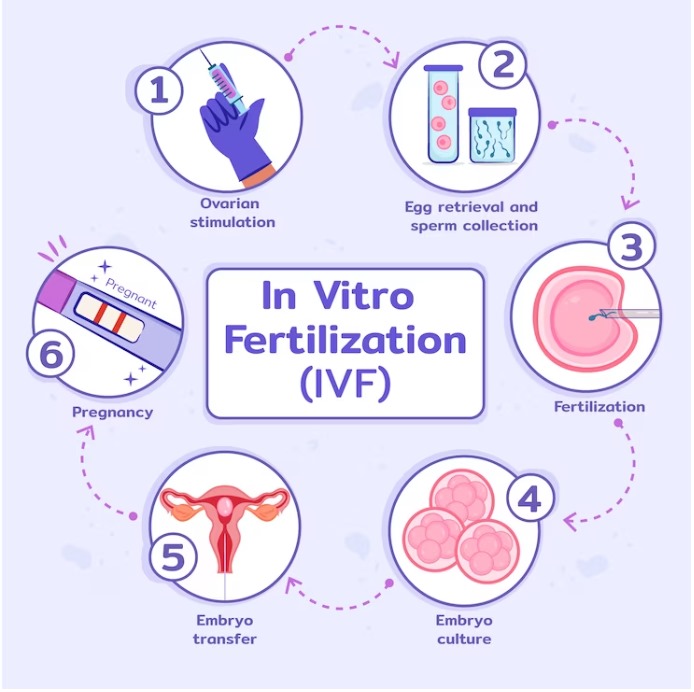
Breaking Down the Basics of IVF: A Comprehensive Guide
In Vitro Fertilization (IVF) is a complex medical procedure that assists couples in achieving pregnancy when natural conception is not possible. It involves retrieving eggs from a woman's ovaries, fertilizing them with sperm in a laboratory, and then transferring the resulting embryos into the woman's uterus. IVF is one of the most successful assisted reproductive technologies (ART), with a success rate of approximately 60% per cycle for women under 35.
Understanding the IVF Process
The IVF process typically involves several steps:
-
Initial Consultations and Evaluation: The journey begins with comprehensive consultations with a fertility specialist to assess the couple's overall reproductive health and determine the cause of infertility. This may involve various tests and examinations for both partners.
-
Controlled Ovarian Hyperstimulation (COH): In order to maximize the number of eggs available for retrieval, fertility medications are administered to stimulate the ovaries to produce multiple mature eggs. This process is called COH and typically involves daily injections for 8-12 days
-
Egg Retrieval: Once the eggs are mature, they are retrieved from the ovaries using a procedure called transvaginal ultrasound-guided aspiration. This minimally invasive procedure involves inserting a thin needle through the vagina and into the ovaries to aspirate the follicles containing the eggs
-
Fertilization and Embryo Culture: The retrieved eggs are carefully fertilized with sperm in a laboratory setting. There are two main methods of fertilization: conventional insemination and intracytoplasmic sperm injection (ICSI). In conventional insemination, a mixture of eggs and sperm is placed in a culture dish, allowing fertilization to occur naturally. In ICSI, a single sperm is directly injected into the cytoplasm of each egg.
-
Embryo Transfer: After several days of development in a controlled laboratory environment, the embryos are carefully selected based on their quality and potential for implantation. Typically, one or two embryos are transferred into the woman's uterus using a thin catheter inserted through the cervix. The remaining embryos may be frozen for future use.
-
Pregnancy Test and Follow-up: After the embryo transfer, the woman undergoes regular ultrasounds and blood tests to monitor the development of the pregnancy. A pregnancy test is typically taken two weeks after the transfer.
The Role of Fertility Clinics and Specialists
Fertility clinics and specialists play a pivotal role in providing comprehensive IVF services. These clinics are equipped with specialized equipment and laboratories to ensure the optimal care and handling of eggs, sperm, and embryos. Experienced fertility specialists guide couples through the entire IVF process, providing personalized treatment plans, counseling, and support throughout the journey.
Success Rates and Factors Affecting IVF Outcomes
The success rate of IVF depends on various factors, including the woman's age, the cause of infertility, and the quality of the eggs and embryos. For women under 35, the success rate per cycle is approximately 60%. For older women, the success rate declines with age.
Conclusion
IVF has revolutionized the field of reproductive medicine, offering hope to couples struggling with infertility. While the process can be emotionally challenging and physically demanding, the potential reward of achieving a pregnancy makes it a worthwhile journey for many couples seeking to build their families.
